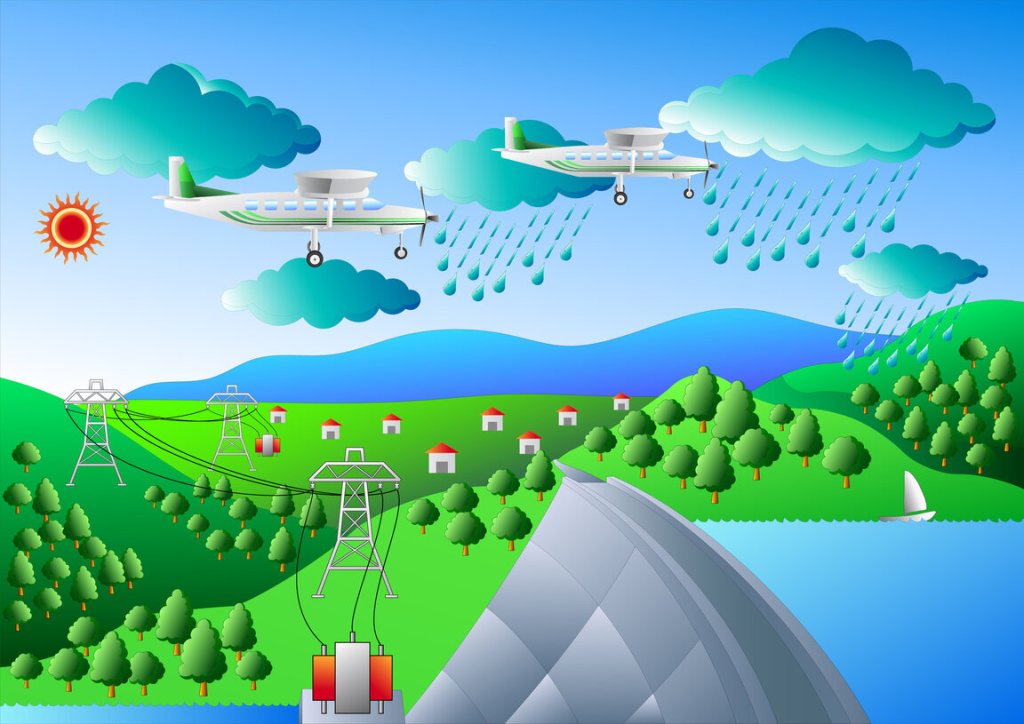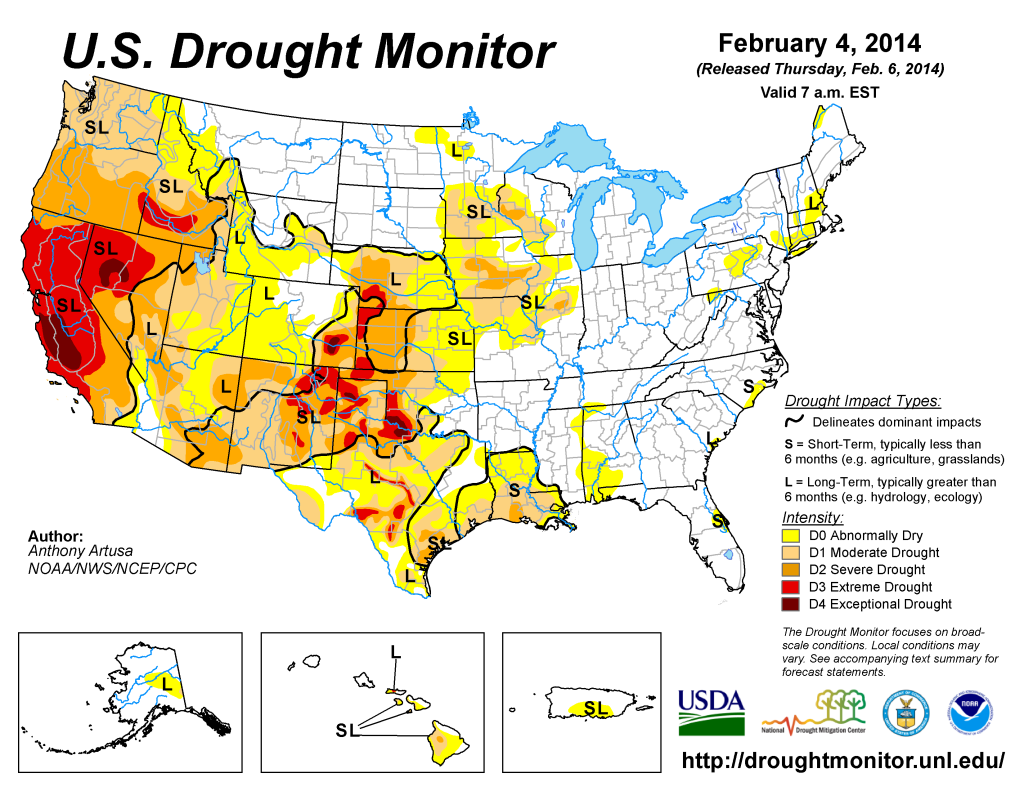Countering Drought
With Cloud Seeding
With 40% of the U.S. west of the continental divide classified as being in “exceptional drought” and two-thirds of the world’s population facing water shortages by 2025, an old tactic is getting a fresh look. Authorities around the world are increasingly employing artificial weather modification to spur more rainfall. That usually means seeding clouds, which […]

